Stay informed on the best ways to manage SAS programs and installations
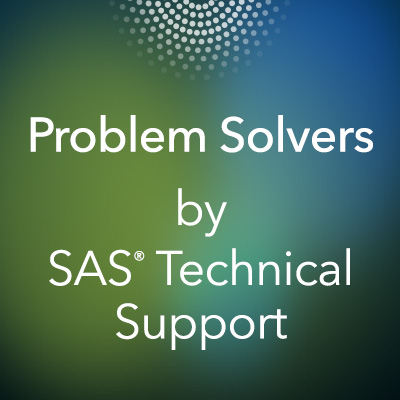
This, the third of three posts on our hot-fix process, provides a spreadsheet and tips to track and manage your SAS®9 environment.
Stay informed on the best ways to manage SAS programs and installations

This, the third of three posts on our hot-fix process, provides a spreadsheet and tips to track and manage your SAS®9 environment.

01. はじめに 最近多くの人々がクラウド環境をベースにしたデータストレージサービスを利用しています。 ここで皆さん、突然ですが、データを管理するためにローカル(またはオンプレミス)環境を構築していた過去を振り返ってみてください。 以前は、データを保存するために、関連ソフトウェアやハードウェアを購入・設置・インストールし、様々な環境設定を行います。3か月後、データの量が増えてきてデータベースの容量が足りなくなります。そしてまた多くの費用と時間を使って、必要なソフトウェア・ハードウェアを再び購入、同じく様々な環境設定をします。 上記に記載したような様子は現在のビジネス世界ではほとんど見当たりません。今日必要なのは、ただメールアドレスとクレジットカードのみです。最近では様々なデータストレージサービスが生まれてきたからです。このようなサービスはクラウド環境で動いていて、一定期間料金を支払えば利用できる「subscription」(サブスクリプション)ベースであり、前払い方式ではなく、使用した分だけ課金される「pay as you go」(ペイアズユーゴー)方式が特徴です。SASでも様々なデータストレージサービスに対応していますが、今日はその情報について詳しくお伝えします。 02. SAS/ACCESSのご紹介 「SAS/ ACCESS」とは、SASと他のベンダーのデータストレージサービスを連携するインターフェースです。下記のような特徴があり、様々なデータストレージサービスとの連携を支援しています。 シームレスで透過的なデータアクセス (Seamless, transparent data access) 柔軟なクエリ言語のサポート (Flexible query language support) パフォーマンスチューニングオプション (Performance tuning options) 性能最適化機能 (Optimization features for better performance) より詳しい情報はこちらをご参照ください。 様々なデータストレージベンダーの中で、今回は「SAS/ACCESS INTERFACE TO SNOWFLAKE」を使って「Snowflake」というサービスに連携してみたいと思います。* Snowflakeの設定はこちらを見て事前に行いました。 3. SAS/ACCESSデモ 3-1. LIBNAME statementで連携 SASのLIBNAME statementで簡単にSnowflakeとの連携を行うことができます。連携することでSnowflakeのデータをDATA StepやSASプロシージャで参照することが可能になります。LIBNAME Statementのサンプルコードは下記のボックスをご参考ください。 LIBNAME

My SAS is a brand-new customer experience page. This new location takes a variety of customer service places and puts them in one interface. The goal of My SAS is to ensure all SAS customers have the best possible experience available in the marketplace.

Passionate about helping SAS customers, Sandy Gibbs of Technical Support sheds light on the SASHFADD tool report. This is the second of three posts on our hot-fix process.

SAS' Sandy Gibbs kicks off a series of posts on hot fixes for SAS®9 environments.
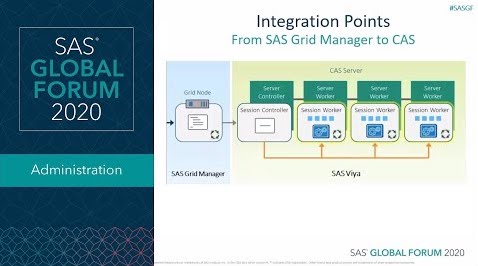
Because SAS Viya provides distributed computing capabilities, customers wonder how it compares to SAS Grid Manager. SAS® Grid Manager and SAS® Viya® implement distributed computing according to different computational patterns.

SAS instructor Raymond Thomas touts the benefits of Report Center, part of SAS Environment Manager Extended Monitoring.

SAS instructor Raymond Thomas describes a typical day in the life of a SAS Administrator.

If you're my kids, the term, “continuous integration,” might have you thinking about how much time you’ve spent lately with the family, and “continuous delivery” is what's been happening on the front porch the past few weeks. But to a software developer, these terms mean something entirely different. Combined and

It’s official: NASA no longer builds spaceships. They’ve outsourced that task. According to NASA administrator Jim Bridenstine, "We're going with commercial partners. NASA is not purchasing, owning and operating the hardware. We're buying the service." Why? Because NASA needs to focus on exploring space, not building the transportation to get
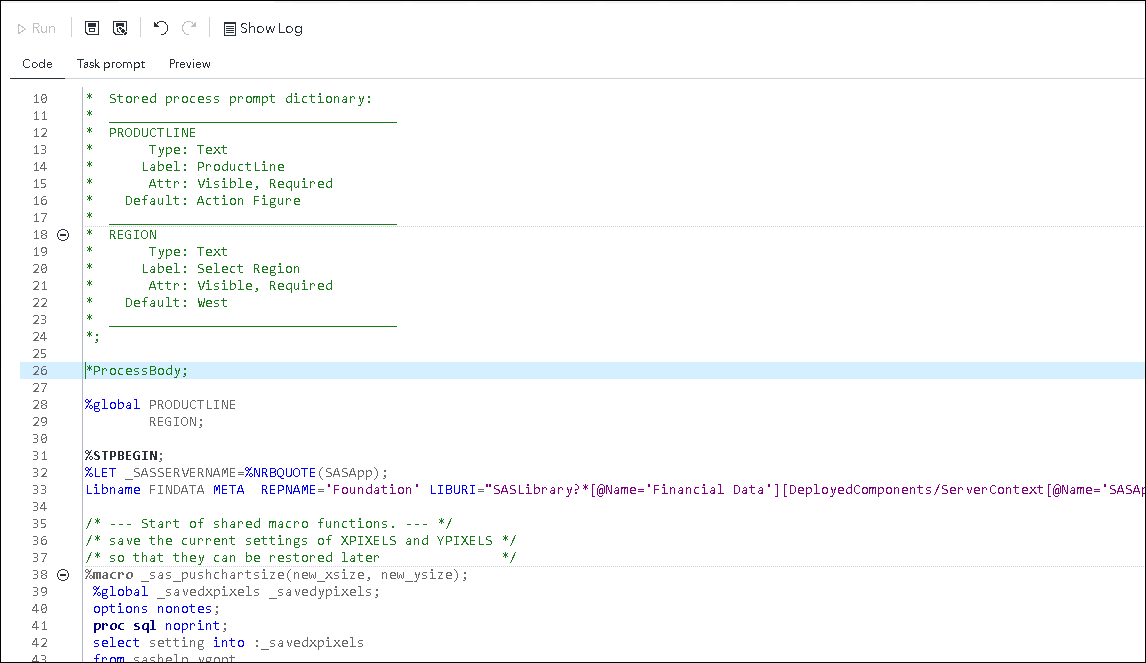
Stored processes were a very popular feature in SAS 9.4. They were used in reporting, analytics and web application development. In Viya, the equivalent feature is jobs. Using jobs the same way as stored processes was enhanced in Viya 3.5. In addition, there is preliminary support for promoting 9.4 stored processes to Viya. In this post, I will examine what is sure to be a popular feature for SAS 9.4 users starting out with Viya.

Um dos principais focos do SAS é entregar, aos clientes, soluções comprovadas e inovadoras que garantam a melhoria do seu desempenho e os ajudem a diferenciar-se dentro da sua área e mercado de atuação. Ajudá-los a tirar o máximo proveito de cada ferramenta faz também parte da missão do SAS,

In this blog, I will show you how a Viya administrator can track and control resource usage of personal caslibs.
Site relaunches with improved content, organization and navigation. In 2016, a cross-divisional SAS team created developer.sas.com. Their mission: Build a bridge between SAS (and our software) and open source developers. The initial effort made available basic information about SAS® Viya® and integration with open source technologies. In June 2018, the
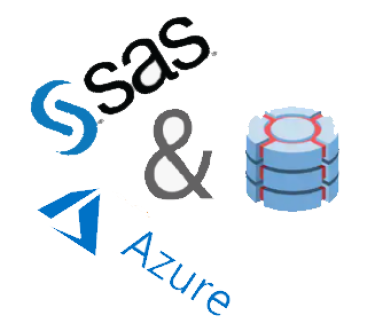
Editor’s note: This is the third article in a series by Conor Hogan, a Solutions Architect at SAS, on SAS and database and storage options on cloud technologies. This article covers the SAS offerings available to connect to and interact with the various database options available in Microsoft Azure. Access

Newcomers to SAS Viya Administration may appreciate these tried-and-tested patterns for securing folders, and the content within them (reports, data plans, models etc.). If you are new to security model design in SAS Viya, this post is for you.
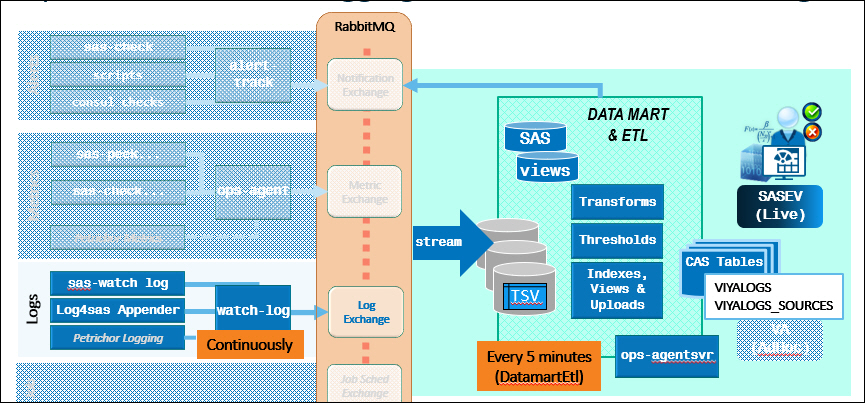
The Viya Operations Infrastructure provides components to collect and store log messages in order to manage a large number of logs enable you to locate messages of interest.
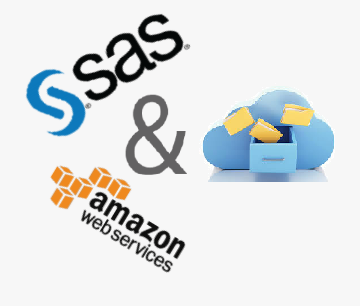
Editor’s note: This article is a continuation of the series by Conor Hogan, a Solutions Architect at SAS, on SAS and database and storage options on cloud technologies. Access all the articles in the series here. In a previous article in this series, Accessing Databases in the Cloud – SAS
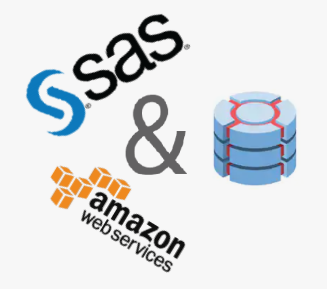
Editor’s note: This is the first article in a series by Conor Hogan, a Solutions Architect at SAS, on SAS and database and storage options on cloud technologies. This article covers the SAS offerings available to connect to and interact with the various database options available in Amazon Web Services.
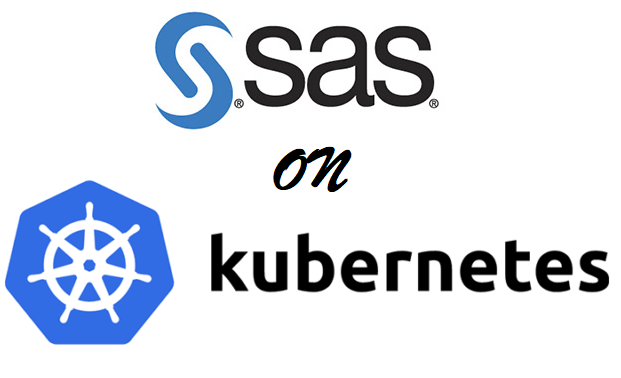
This article is a follow-on to a recent post from Jeff Owens, Getting started with SAS Containers. In that post, Jeff discussed building and running a single container for a SAS Viya runtime/IDE. Today we will go through how to build and run the full SAS Viya stack - visual

Understanding SAS 9.4 architecture is key to tackling the tasks and responsibilities that come with SAS administration, and will help you know where to look to make changes or troubleshoot problems.
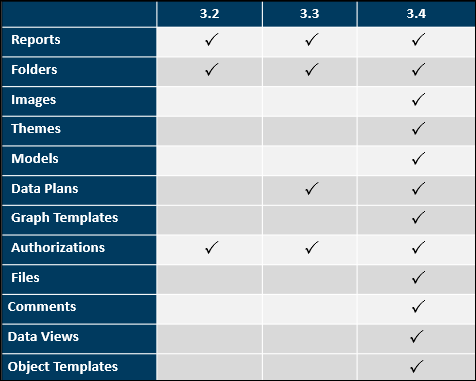
A look at SAS Viya's promotion process including what can be promoted, the tools that support promotion, and what happens to your content.

At the end of my SAS Users blog post explaining how to install SAS Viya on the Azure Cloud for a SAS Hackathon in the Nordics, I promised to provide some technical background. I ended up with only one manual step by launching a shell script from a Linux machine

As word spreads that SAS integrates with open source technologies, people are beginning to explore how to connect, interact with, and use SAS in new ways. More and more users are examining the possibilities and with this comes questions like: How do I code A, integrate B, and accomplish C?
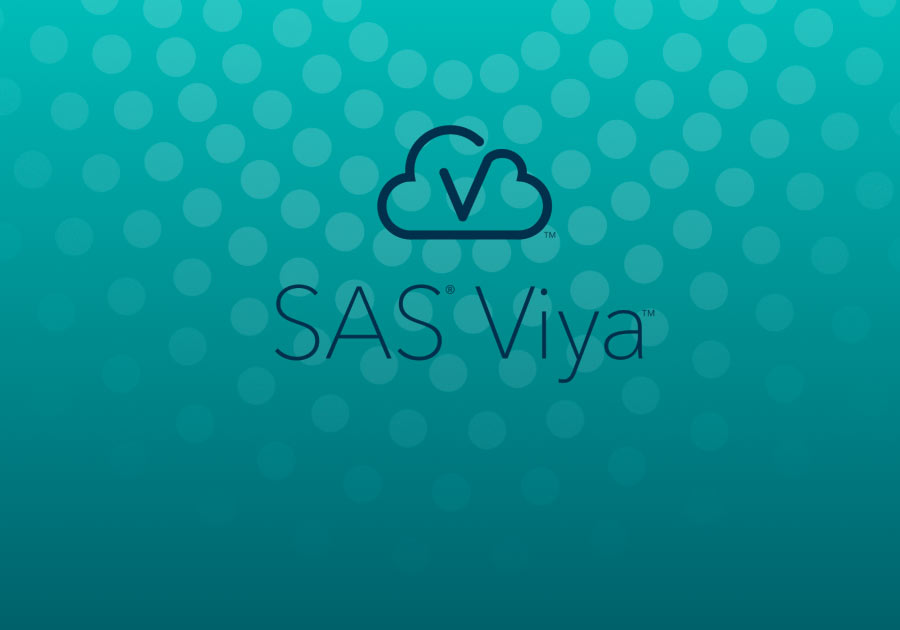
When working with files like SAS programs, images, documents, logs, etc., we are used to accessing them in operating system directories. In Viya, many of these files are not stored on the file-system. Let's look at where and how files are stored in Viya, and how to manage them.
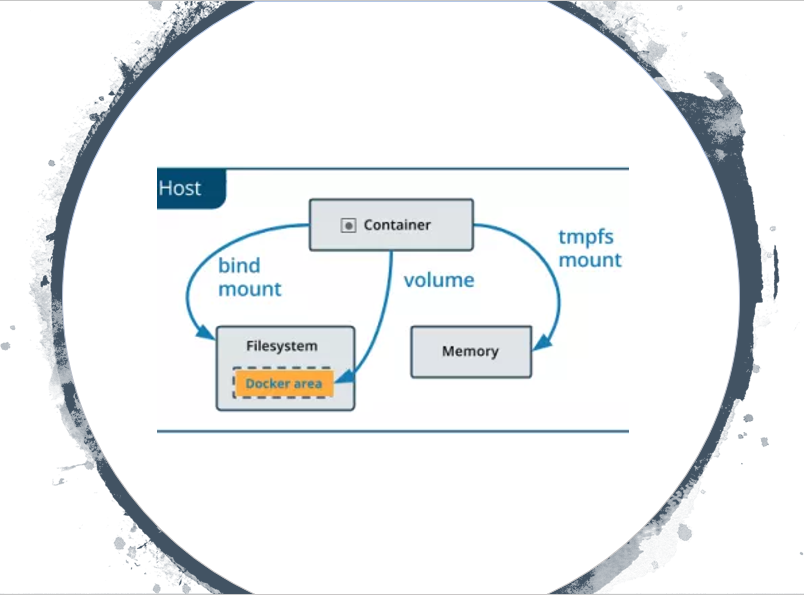
As of December 2018, any customer with a valid SAS Viya order is able to package and deploy their SAS Viya software in Docker containers. SAS has provided a fully documented and supported project (or “recipe”) for easily building these containers. So how can you start? You can simply stop

Multi-tenancy is one of the exciting new capabilities of SAS Viya. Because it is so new, there is quite a lot of misinformation going around about it. I would like to offer you five key things to know about multi-tenancy before implementing a project using this new paradigm. All tenants
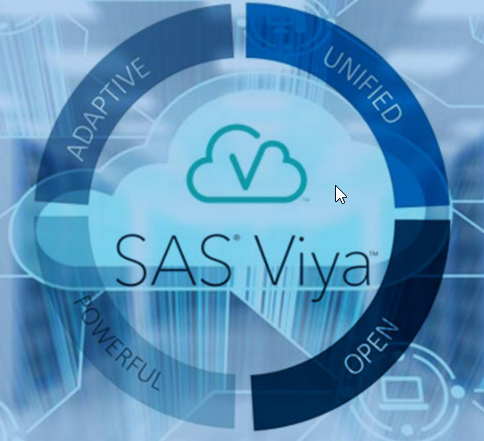
I don't know about you, but when I read challenges like: Detecting hidden heart failure before it harms an individual Can SAS Viya AI help to digitalize pension management? How to recommend your next adventure based on travel data How to use advanced analytics in building a relevant next best

You'll notice several changes in SAS Grid Manager with the release of SAS 9.4M6. This post gives a brief architectural description of the new SAS grid provider, including all major components and their role.
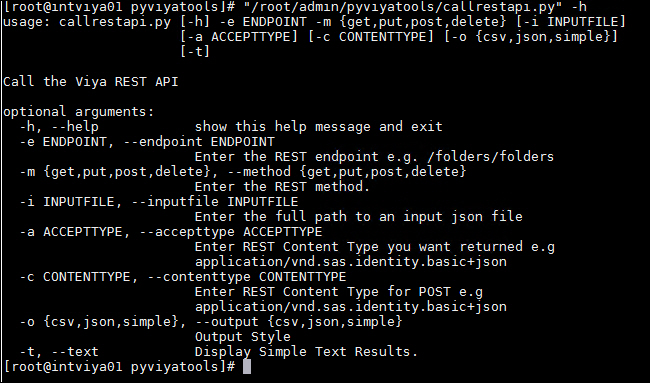
Find out about this new set of tools designed to be used in conjunction with the sas-admin command line interfaces.